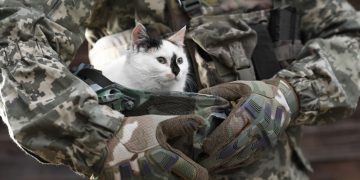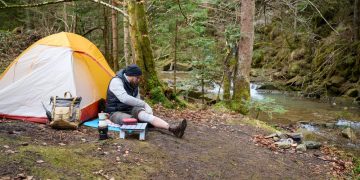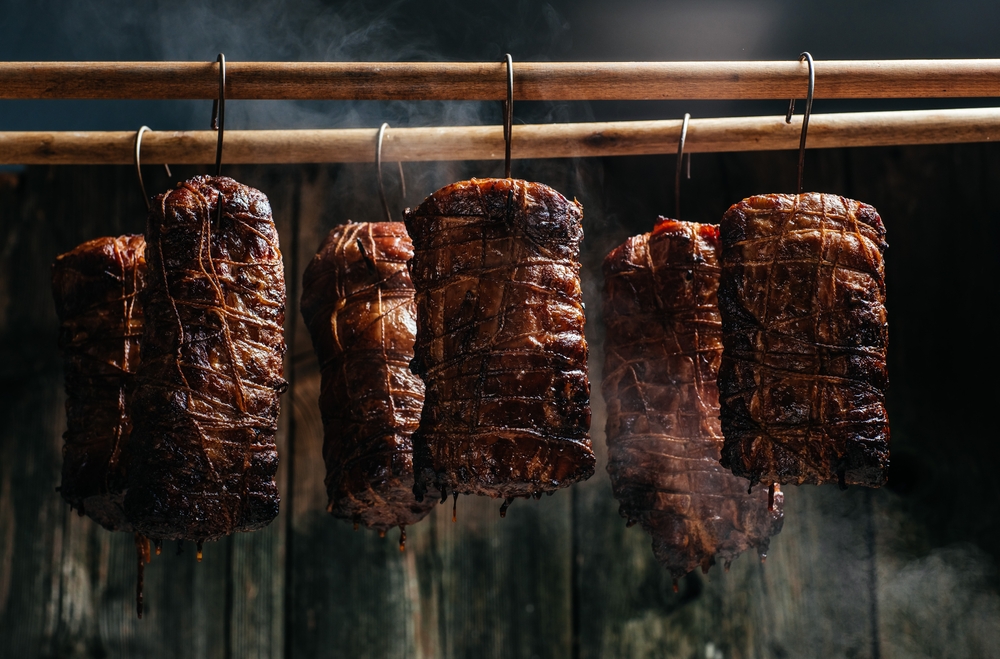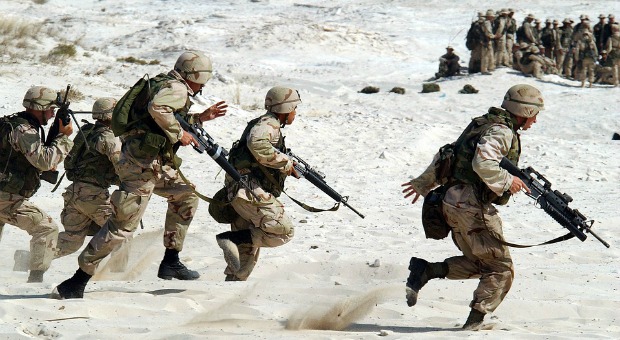Army teaches you unique survival skills and habits, useful not only in extreme situations, but also in your everyday life.
The first and the most important thing people in the military are forced to learn is to survive. They learn to think fast, to function under stress, to pay attention to details and to survive in extreme environments. There is no other option. You either adapt or you are out or you… die.
Not serving in the army doesn’t mean you don’t have to learn something from those who do.
From keeping a low profile to self-defense, here are the top military tips and skills to introduce into your survival strategy.
Situational Awareness
Situational awareness is a simple concept, it’s just being aware of your surroundings and understanding the reality of the threats that you may face in any given situation. It’s just constantly being aware of what’s going on around you.
To some, situational awareness is just a theory, but there is much more than that, and once you learn it you understand why it stands for the basis of survival.
How Do You Recognize a Suspicious Activity or Person
If you know what normal looks like, you should be able to pick out the things that stand out as being abnormal in any situation, and those suspicious things are going to stand out. Don’t be afraid to act by calling the authorities when you see it, better sorry than dead! It might be a false alarm, or your call could lead to the capture, kill, or arrest of a terrorist cell or network.
Detecting Criminal Surveillance
Criminal surveillance is watching something or someone to determine if you’re the target that they’re looking for. Once you are identified as the target, most probably they’re going to hit by robbing you, kidnapping you or your family or even worse.
 How to Lose a Tail
How to Lose a Tail
First, you have to be aware that you have a tail, then act to lose it.
If you’re on foot, start walking erratically, meaning instead of going straight from point A to point B, take some weird turns. Look for shiny or reflective surfaces (a mirror or a store window) to see if that person is still following you.
How to Keep a Low Profile
Keeping a low profile doesn’t mean to drive the most expensive car in the country and talking too much about what you do and why you do it.
The goal is to stay unnoticed so the danger wouldn’t meet you round the corner. It starts with the way you dress and the way you move when you are in a public place, and has to do with the way you act and react in order to not drawing attention.
How to Cope with Danger
The first thing you want to do is put as much distance between yourself and the threat as possible, then you want to make sure that you alert the authorities to what’s going on in case communication means are available. Give them all the information that you can to make their job as easy as possible.
Now it’s not always the case that you can get away. Sometimes you may find yourself in an active shooter type scenario where escape is not an option. You may have to do things that you are not trained to do and that you have never done before.
Just calm down, stay calm and think before you do. Think about each move that you’re going to make before you make it, and try and protect yourself and others, as Brian M. Morris says in his “Spec Ops Shooting” guide to combat shooting mastery and active shooting defense. This decorated former Green Beret shares a lot of lifesaving advice from his 25 years of service in this book.
Click here to get your Green Beret’s Guide To Combat Shooting Mastery & Active Shooter Defense!
Combat Tips to Use for Self-Defense
1. You should be armed. In most states it’s now legal to get a concealed carry permit, which allows you to carry a handgun concealed on your person. Thirty-seven of the states are now “will issue” states, which means that as long as you meet the requirements for a concealed carry permit and do not have a record of criminal activity or mental incompetence, the state is required to give you a permit, upon application.
Okay, so being aware and having a weapon on your person takes away a lot of the assailant’s advantage, but not all of it. They still have two major advantages over you; the first is that they choose the time and place and the second is their willingness to inflict harm on you.
2. When an attack comes, you need to react quickly and violently. Violently doesn’t necessarily mean that you kill them or even that you shoot them, it means that you react in such a way that they are convinced you are going to shoot them. That alone might be enough to get them to break off the attack and run away.
3. As part of that initial reaction, you want to move out of their line of fire. Most criminals are poor shots and not much more skilled with a knife. They’re depending on their ability to intimidate you. That doesn’t mean that they aren’t dangerous or that they can’t shoot you; just that they are likely to miss. Moving, whether dropping to one knee or moving to the side, reduces their chances of hitting you.
4. There’s a saying that anything that’s worth shooting is worth shooting twice. Police departments train their officers this way, teaching them to shoot “double taps”. Those double taps increase the chances that your shots are going to do enough harm to the assailant that you will be able to stop them. If your shots don’t stop them, keep shooting. Your goal isn’t to kill them, just to stop them. As long as they are facing you and holding a weapon, they’re a threat.
5. Once you start moving, keep moving. You should practice shooting while moving, so that you are prepared to do it. It is infinitely harder to shoot accurately while moving, than it is while standing still. Practice, so that you can do it when you need to. Your movement makes you a hard target to hit.
6. Events might transpire in such a way that you can’t draw your gun and return fire immediately. There are times that an assailant might get the upper hand, even if you are aware of your surroundings. Your first indication that anything is wrong might be seeing a gun or knife stuck in your face. If that’s the case and you can’t draw your weapon, play for time.
They’re keyed up to attack at first, but the longer they have to wait, the less ready they are. In such a situation, you want to try and wait until they are either momentarily distracted or let down their guard for a moment. That then becomes your moment to act.
Being able to master army skills is what makes you a warrior and helps you survive and protect other at the same time. It takes practice and time to build this mindset, but once you got it you ease your steps to survival.
This article has been written by John Gilmore for Survivopedia.






















































































I am a former Army Security Agency agent, served in the VietNam theatre. These tips are accurate and necessary to learn for everyone. You should also take a hand-to-hand self defense course – this is especially important for children. We can not let our defences down. Situational awareness is the easiest and best thing to learn, if you choose not to carry a firearm.
As a veteran, I have used and practiced many of these tips. Shooting while moving is very hard, and they altered many combat courses to include combat movement and not just “line up and shoot.” Shooting a moving target is hard too, so shooting while moving and with a moving target makes for great practice.